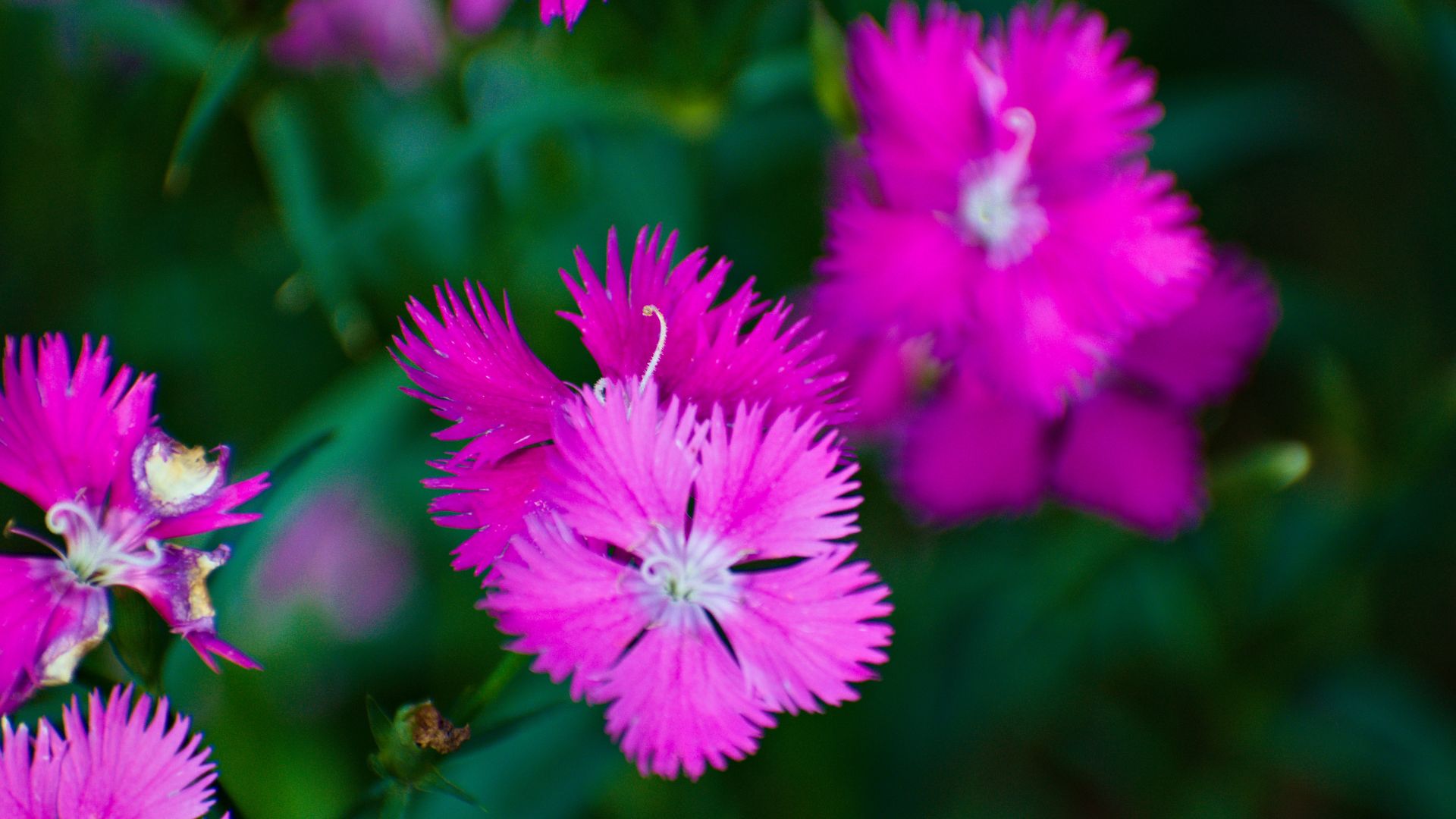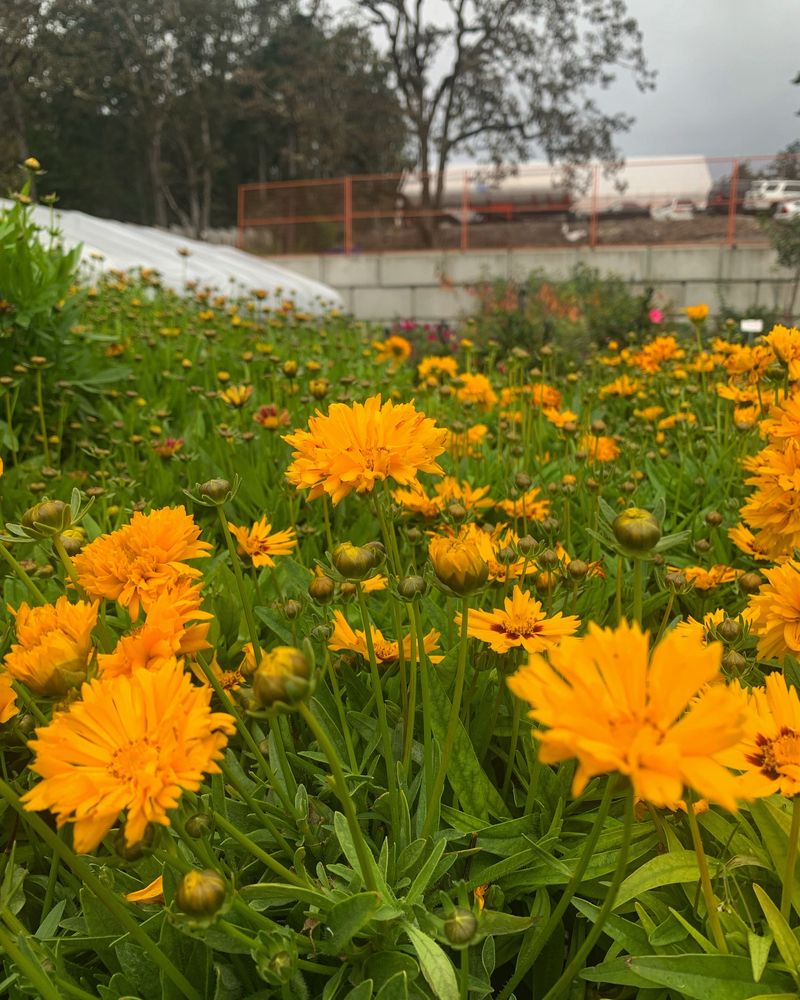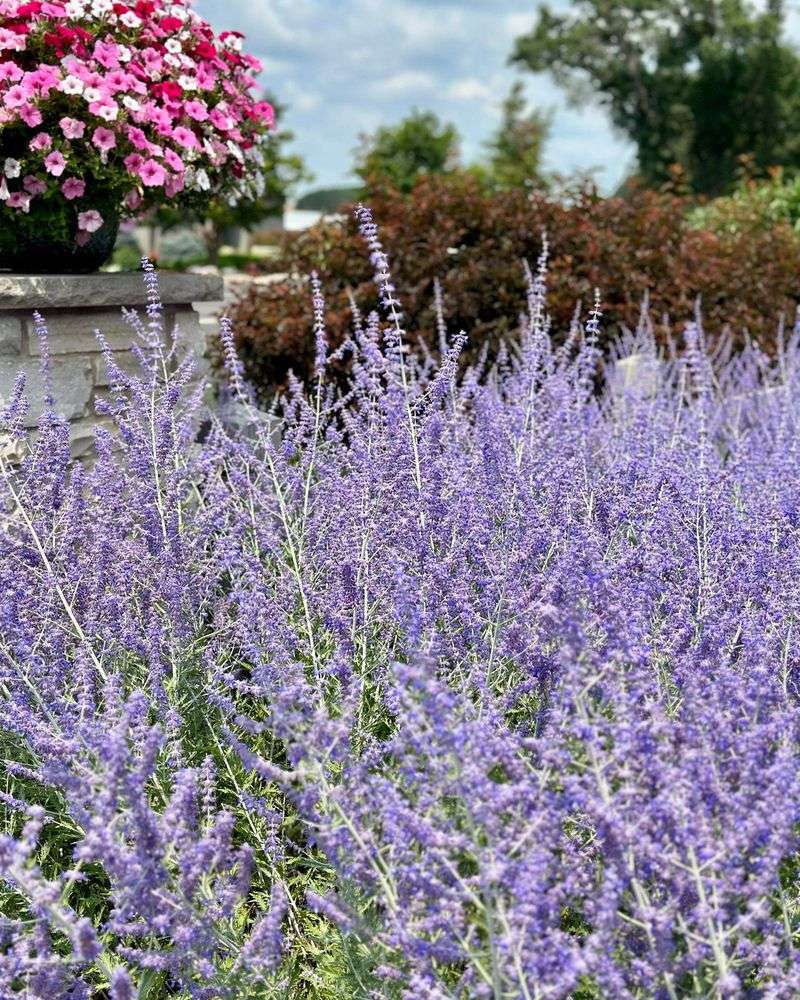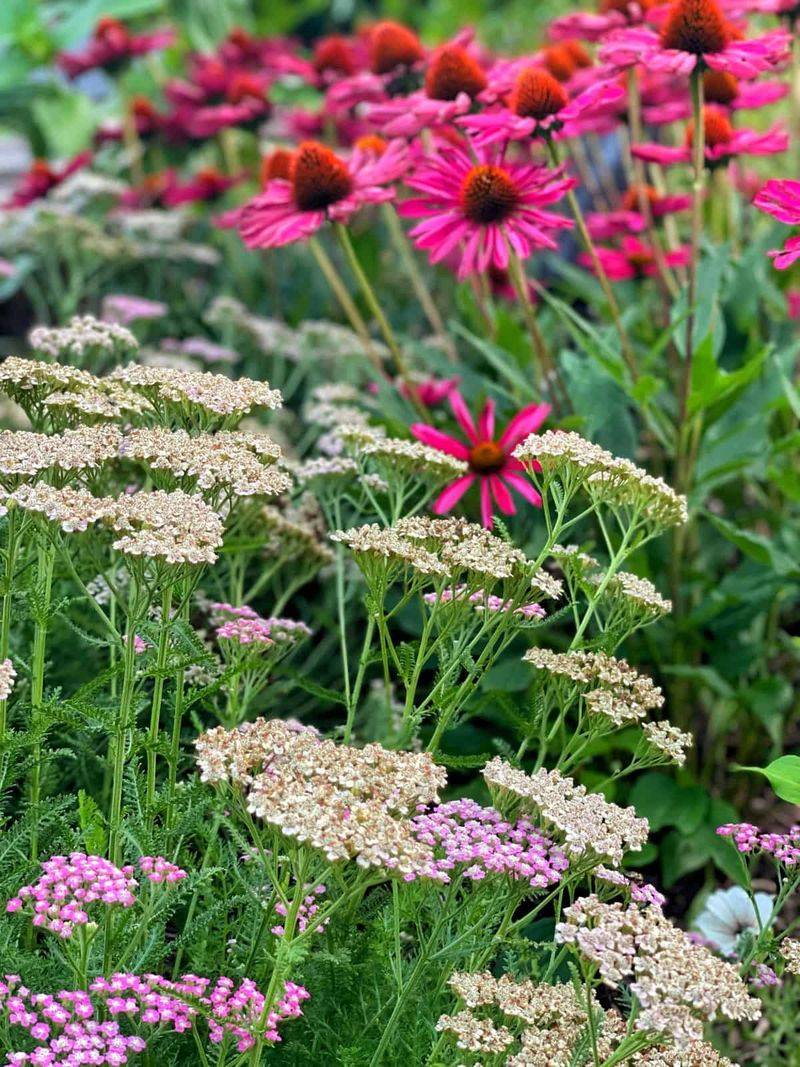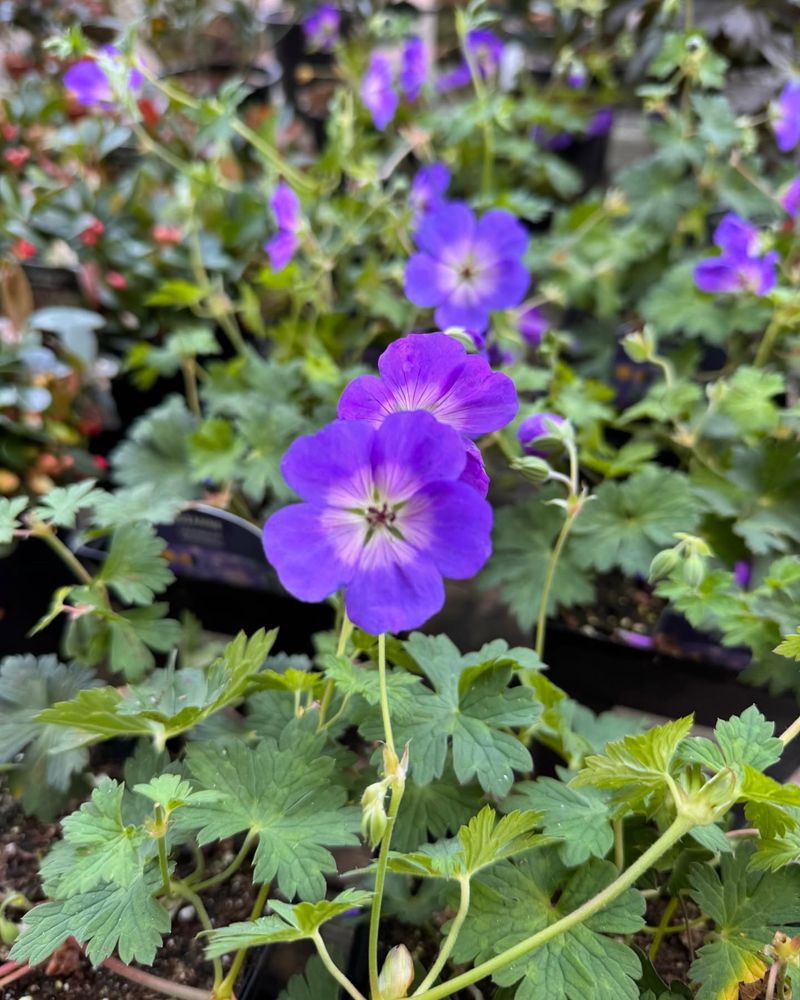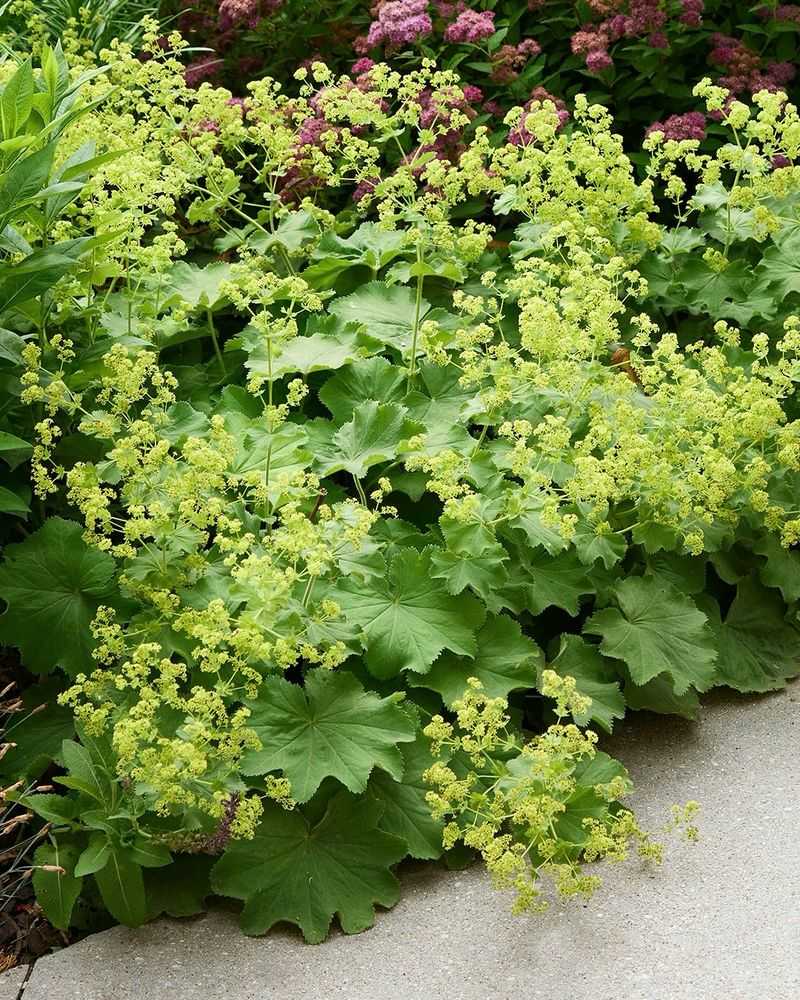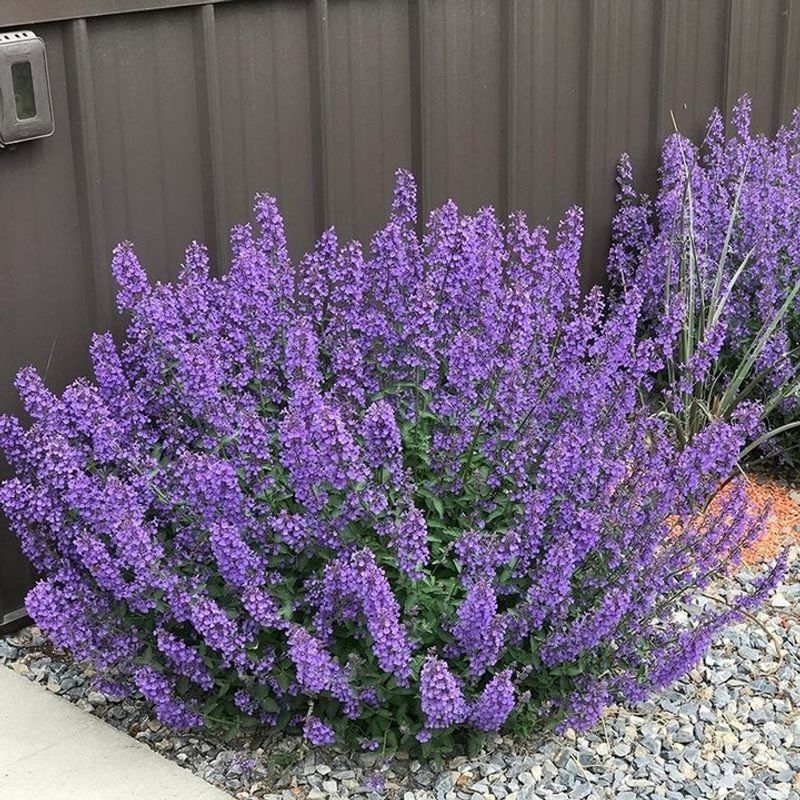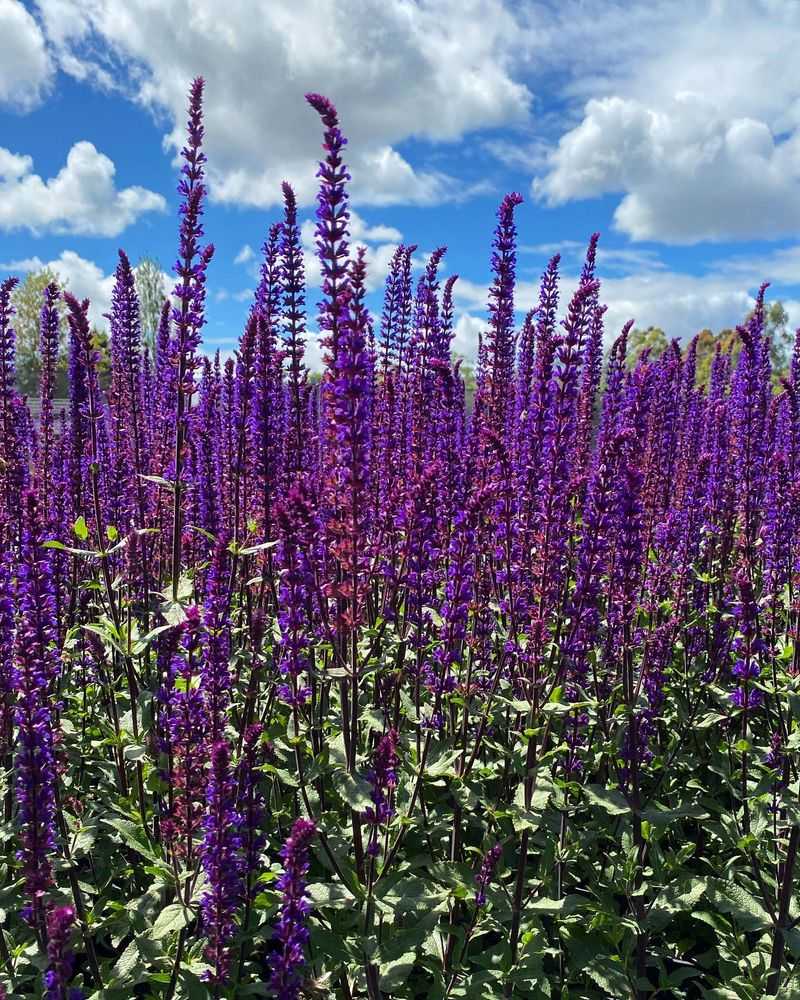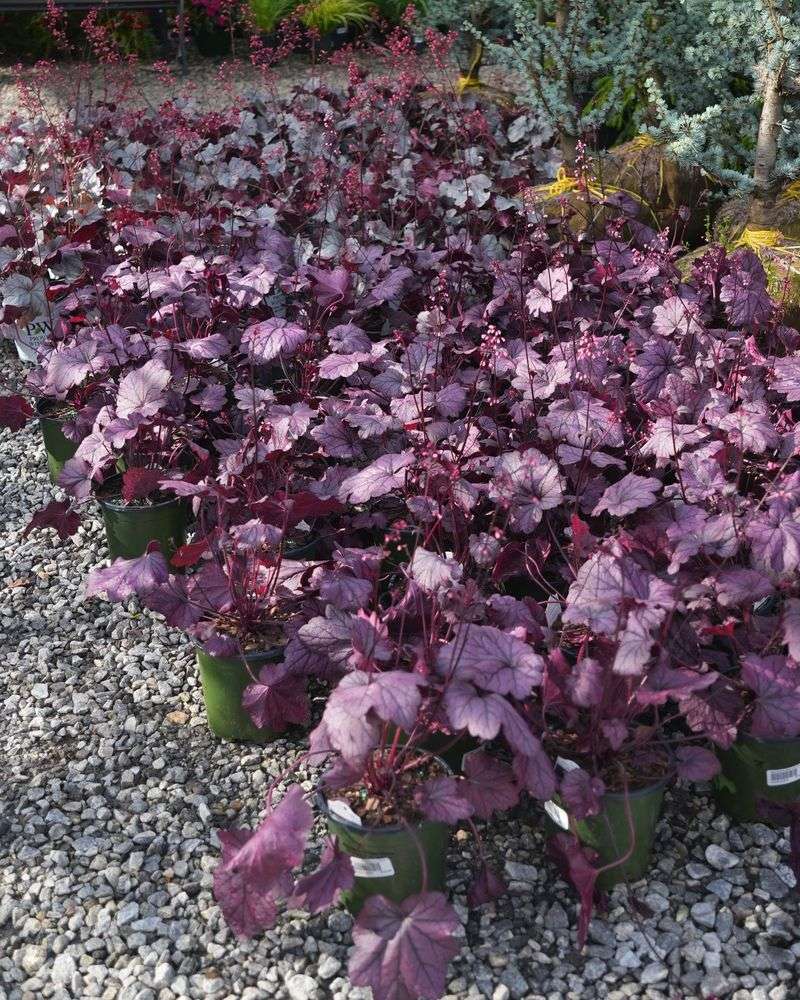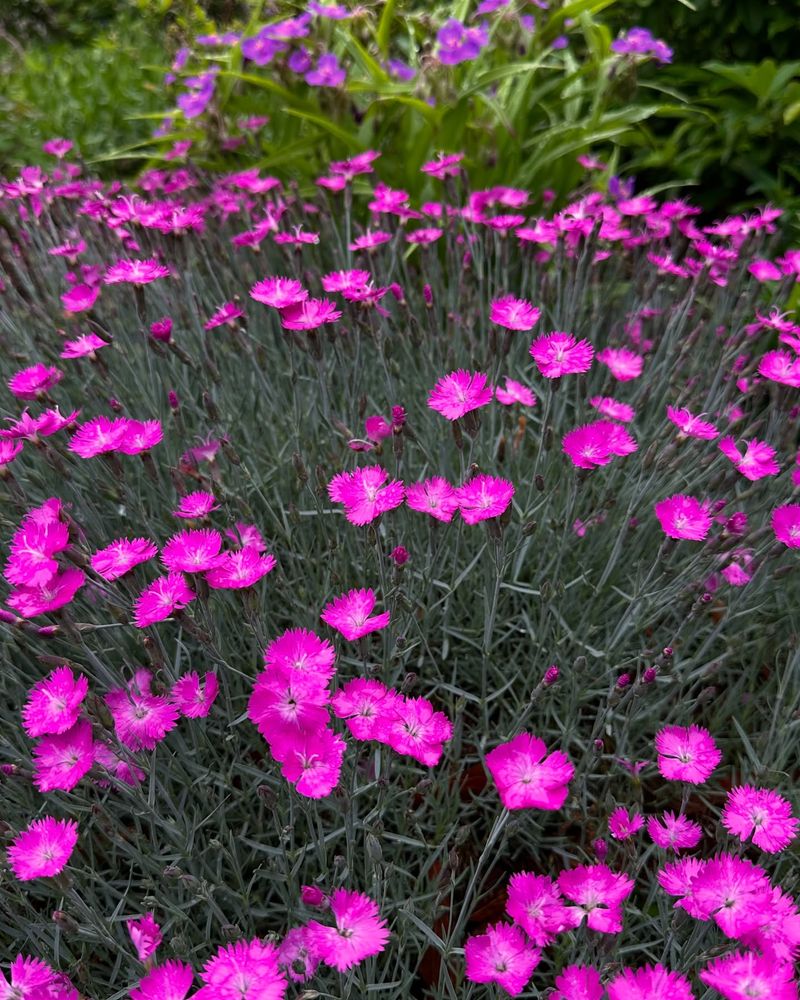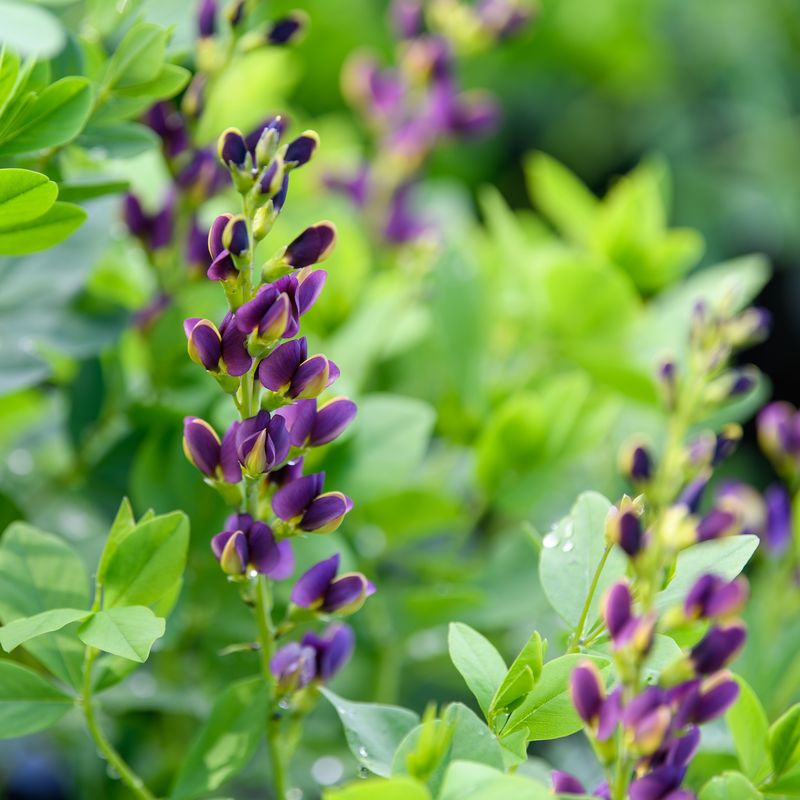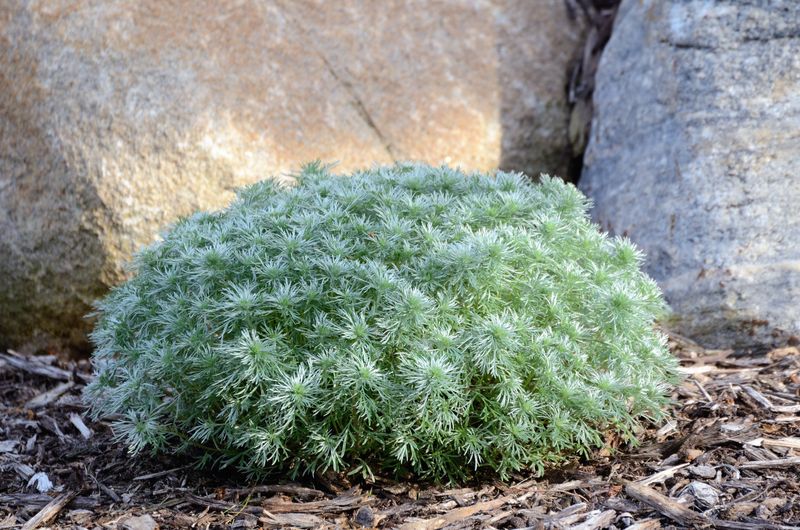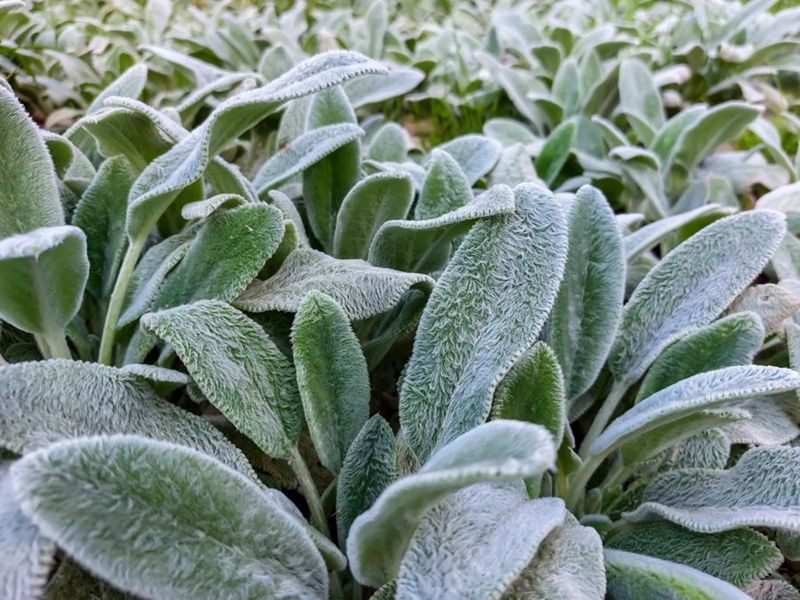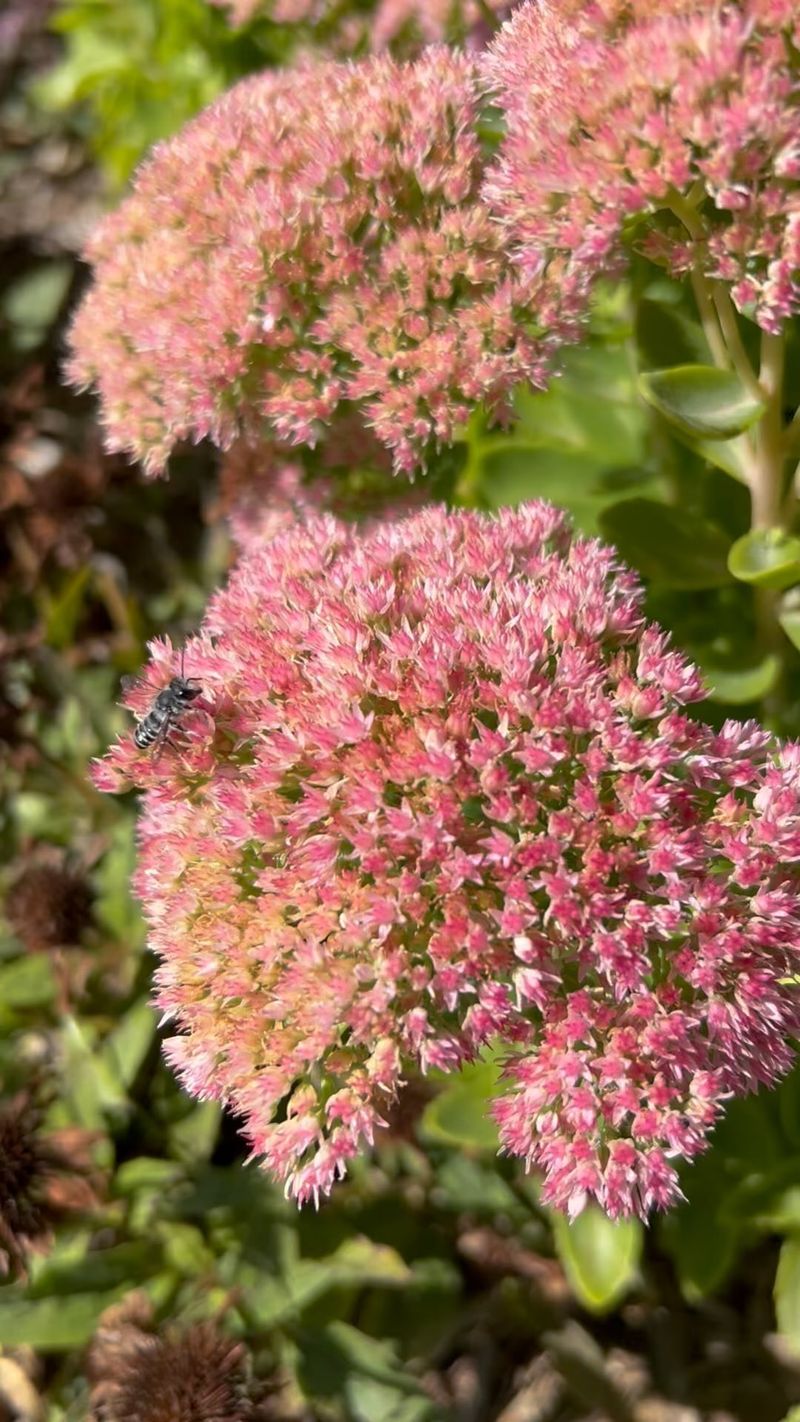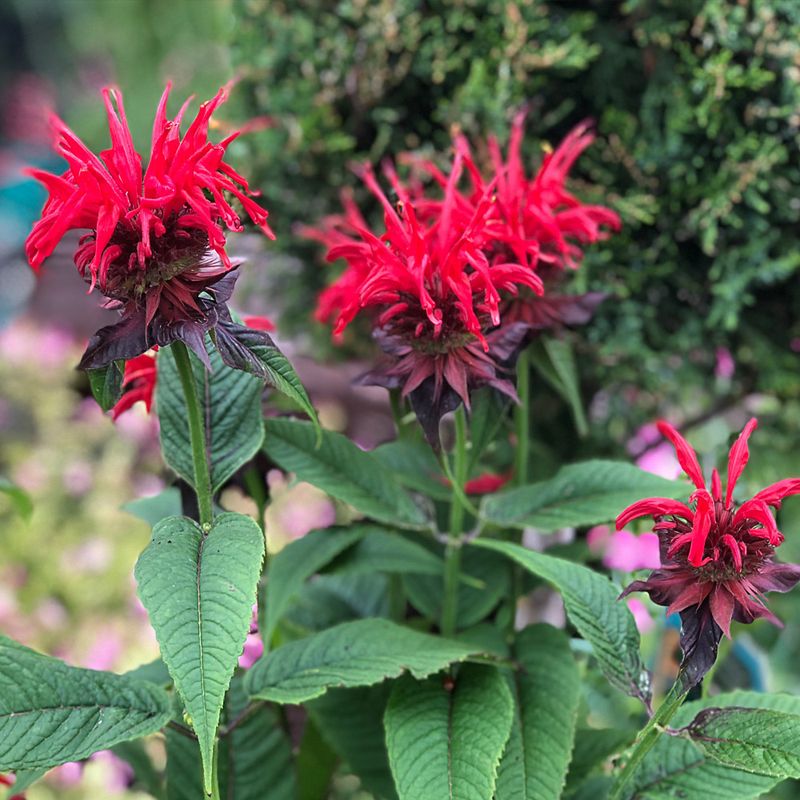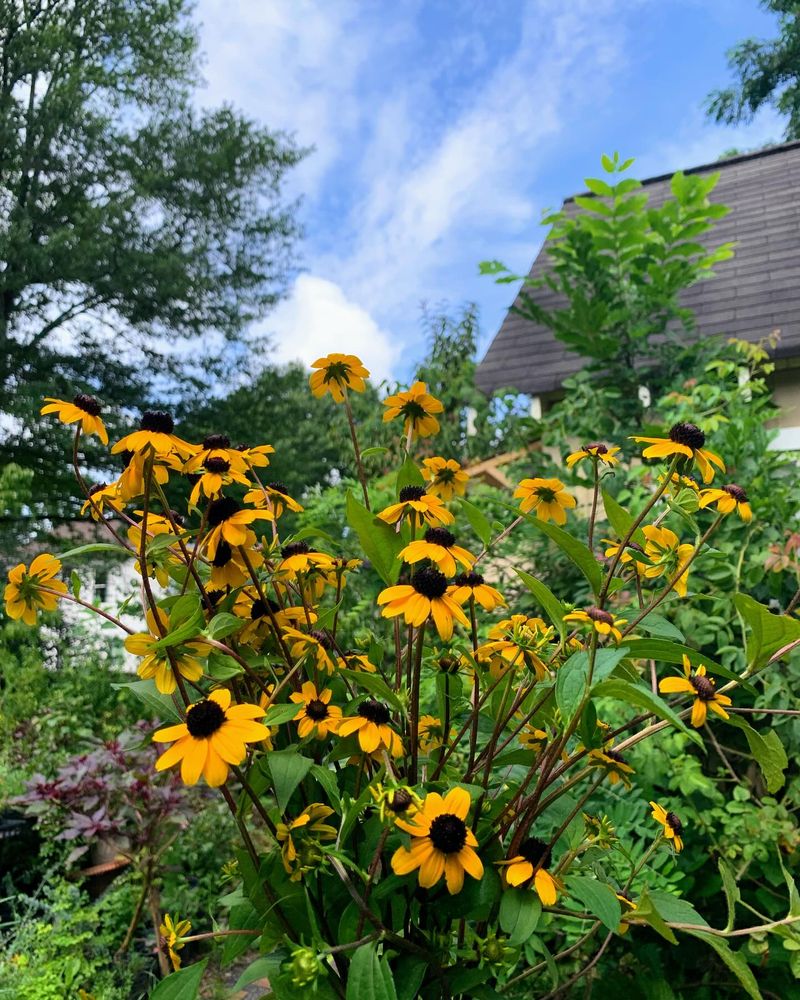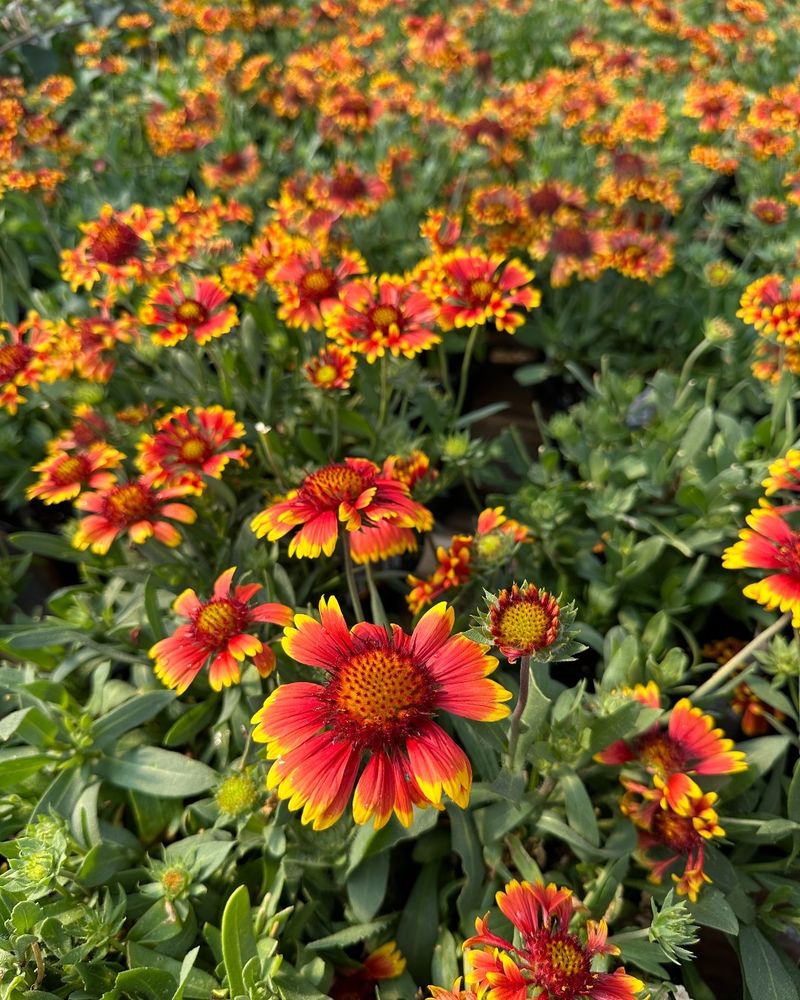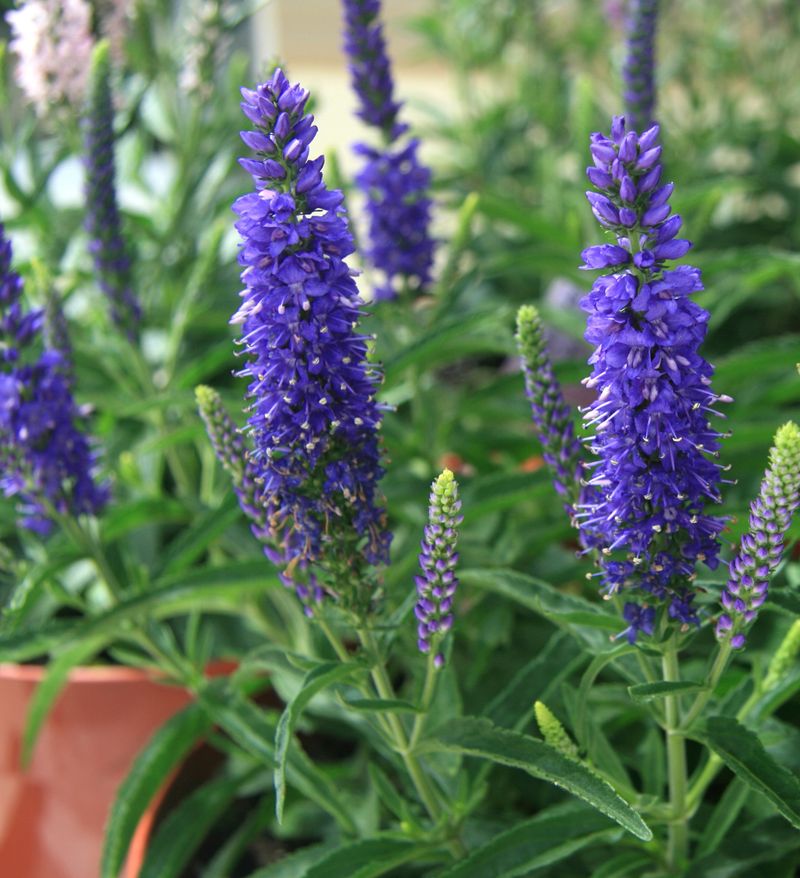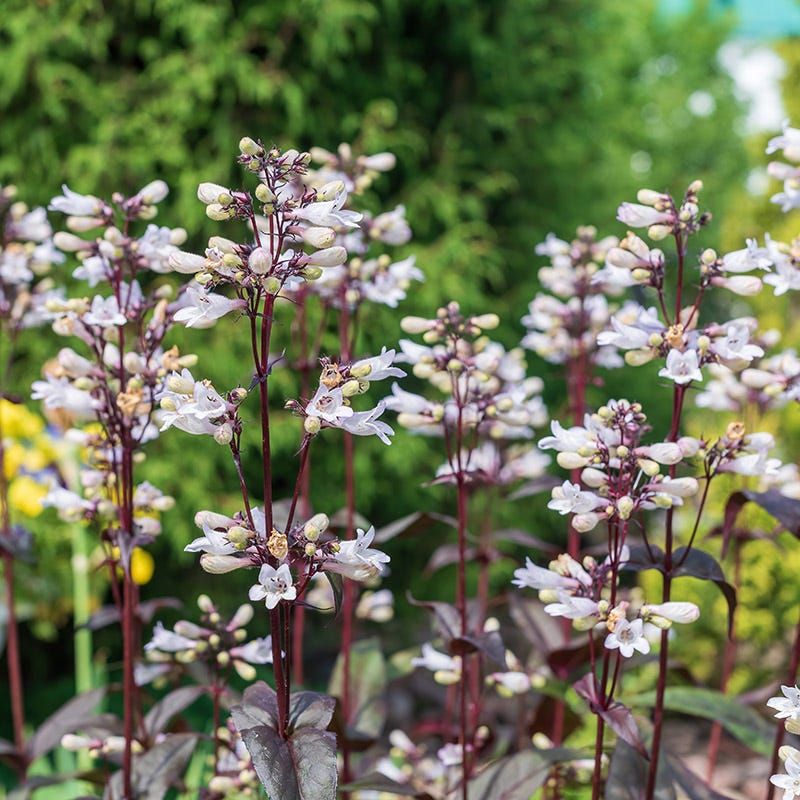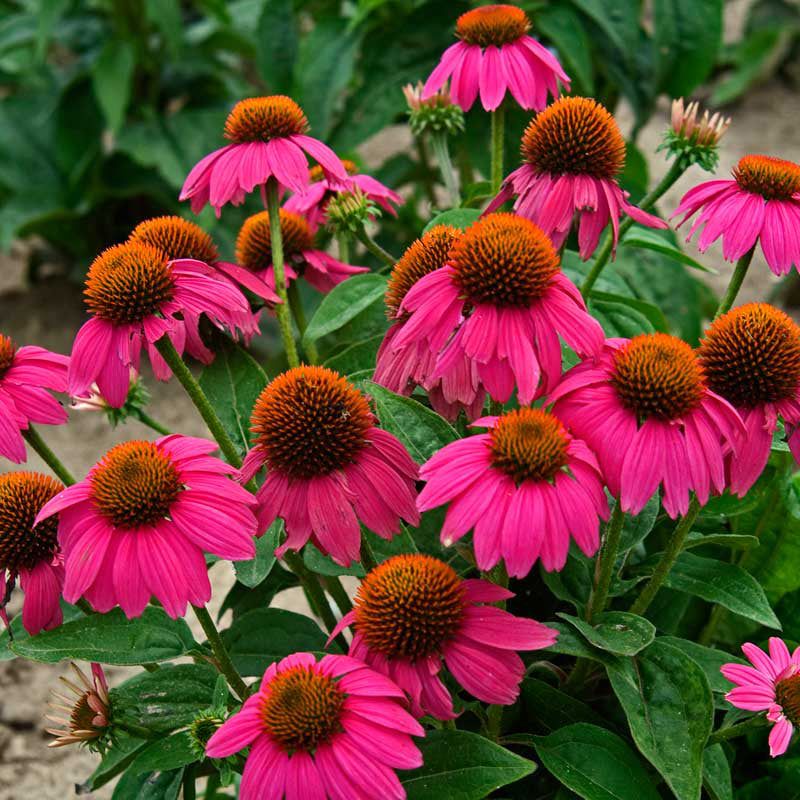Spring always feels like a fresh start in the garden—but let’s be honest, waiting for things to fill in can feel like watching paint dry. I’ve been there, pacing the yard, wondering when the green will finally take off.
Thankfully, some perennials don’t make you wait long. These are the fast movers—plants that start small but seem to triple in size by the time summer hits.
They’re the best of both worlds: instant-ish gratification and the promise of coming back stronger every year. If you’re as impatient as I am, these are worth planting.
1. Coreopsis ‘Early Sunrise’
Last April, I almost dug these up thinking they had died over winter. The tiny green tufts looked so insignificant against the bare soil.
By mid-June, those same plants had formed impressive mounds covered with sunny yellow blooms. They filled a previously empty-looking border with barely any effort from me.
What seems to help them explode in size is a quick haircut in early spring, removing any dead growth. I’ve learned to be patient with these deceptively small spring starters.
2. Russian Sage
The spindly, barely-there twigs in May transform into a silvery cloud of purple by June. My neighbors always ask what that beautiful lavender-like plant is.
Russian sage performs best with ruthless spring pruning. Cut it back to about 6 inches tall when you see the first tiny leaves, and it rewards you with more compact, fuller growth.
I planted mine next to a hot, dry sidewalk where nothing else would grow. Three years later, it’s the star of that difficult spot, reaching nearly three feet tall from practically nothing.
3. Yarrow
The ferny, low foliage that emerges in early spring gives no hint of the dramatic plant to come. Within weeks, yarrow shoots upward, developing sturdy stems topped with flat flower clusters.
I’ve found yarrow to be nearly indestructible in my dry garden beds. It shrugs off heat waves that wilt other perennials and keeps looking fresh when everything else struggles.
My favorite trick is planting different yarrow varieties together—the white ‘Moonshine’ with the red ‘Paprika’ creates a stunning display by June. From tiny spring sprouts to two-foot plants in just eight weeks.
4. Hardy Geranium ‘Rozanne’
The modest spring growth of ‘Rozanne’ fooled me the first year I planted it. By June, those small clumps had tripled in size, spilling over edges and filling gaps between taller plants.
Morning sun seems to supercharge this perennial. In partly shaded spots, it still grows well but doesn’t quite reach the same impressive spread by early summer.
Unlike many perennials that bloom briefly, ‘Rozanne’ starts its blue-purple flower show in late spring and doesn’t quit until fall. I’ve stopped planting annuals in that bed entirely—this geranium provides all the color needed.
5. Lady’s Mantle
The small scalloped leaves that emerge in early spring seem so unassuming. By June, Lady’s Mantle forms lush mounds topped with frothy yellow-green flowers that catch morning dew like diamonds.
Giving this plant extra water during spring growth spurt pays off with faster expansion. I’ve watched it double in size over just a few weeks during May showers.
The chartreuse flower clusters make excellent cut flowers, and taking some actually encourages more growth. It’s become my go-to filler plant for bouquets from my garden, reliable when other flowers are still developing.
6. Nepeta ‘Walker’s Low’
Small spring shoots explode into aromatic drifts of gray-green foliage and purple-blue flowers by early June. I underestimated how quickly it would fill the front of my border.
Cutting back the first flush of flowers in late spring might seem counterintuitive, but it works wonders. The plant responds with even more growth and a second, often more impressive, bloom period.
My cats love this plant almost as much as I do, occasionally flattening sections by rolling in it. Surprisingly, this rough treatment only makes it grow back fuller—nature’s way of rewarding the persistent gardener.
7. Salvia ‘May Night’
The earliest deep purple spikes in my garden come from this fast-growing salvia. From small spring rosettes, it quickly sends up dramatic flower stalks that attract every bee in the neighborhood.
Even my gardening-averse partner noticed how quickly this plant filled in last year. What looked like bare soil with a few leaves in April became a stunning purple highlight by Memorial Day weekend.
Deadheading spent blooms takes just minutes and triggers another growth surge. I’ve learned to stagger this pruning across different plants to extend the blooming season well into summer.
8. Heuchera ‘Palace Purple’
Winter leaves often look tattered and uninspiring, but don’t let that fool you. By late spring, fresh purple-bronze foliage emerges and quickly forms impressive mounds that hold their color all season.
A light application of compost in early spring seems to be all the encouragement these plants need. Within weeks, the transformation from winter-worn to lush display is complete.
I’ve placed them along a shady walkway where their rich color provides a beautiful contrast against variegated hostas. From barely noticeable in April to eye-catching in June, they’ve become the backbone of my shade garden.
9. Dianthus ‘Firewitch’
The blue-gray grassy foliage starts small but quickly forms dense mats that burst into magenta bloom by early summer. My grandmother grew these, calling them “pinks” for their traditionally pink flowers and fringed petal edges.
Full sun and well-drained soil are the secrets to their rapid expansion. I added some gravel to the planting hole, and they’ve outperformed every other perennial in that hot, dry section of my garden.
Their spicy clove scent becomes more noticeable in the evening. Sitting on the patio in June, that fragrance now marks the beginning of true summer for me, wafting over on warm breezes.
10. Baptisia ‘Indigo Spires’
Early spring brings just a few shoots poking through the soil, but the growth rate is remarkable. By June, these shoots transform into a substantial shrub-like plant with blue-green foliage.
The deep indigo flowers resemble lupines but without the fussiness. After planting three small specimens last year, I was shocked to see them reach nearly three feet tall by early summer.
Once established, baptisia develops a deep taproot that makes it drought-tolerant. I’ve noticed it doesn’t transplant well, so I’ve learned to choose its location carefully the first time—this rapid grower will be a garden fixture for decades.
11. Artemisia ‘Silver Mound’
Starting as just a small tuft in spring, this silver foliage plant quickly develops into perfect rounded mounds that look almost too perfect to be real. I’ve had visitors ask if they’re artificial!
Harsh pruning in early spring is the key to maintaining their compact shape. Without it, they still grow quickly but can become somewhat floppy by midsummer.
The silvery color makes darker plants nearby seem more vibrant. I’ve paired mine with deep purple salvia, and the contrast makes both plants look more impressive than they would alone, creating a designer-worthy combination by June.
12. Lamb’s Ears
The velvety gray leaves emerge early and spread with surprising speed. What started as a small clump along my garden path turned into a substantial ground cover by June.
Children in the neighborhood stop to pet the soft, fuzzy leaves. The tactile quality makes this fast-grower a favorite conversation piece when garden visitors come by.
During a three-week vacation last summer, I returned to find it had nearly doubled in size. Few perennials offer this combination of rapid growth, drought tolerance, and unique texture that creates interest even without flowers.
13. Sedum ‘Autumn Joy’
Don’t let the name fool you—this plant starts its show long before autumn. The succulent rosettes that emerge in spring quickly multiply and gain height, forming substantial clumps by early summer.
I’ve found that pinching the growth tips in late spring results in bushier plants with more flower heads. This simple step takes seconds but dramatically improves the plant’s appearance.
The flower heads form early and provide months of changing color. Starting green in early summer, they slowly transition to pink and eventually copper-red by fall. From nearly invisible in April to substantial presence by June, they’re garden workhorses.
14. Bee Balm
Small spring shoots transform into a riot of color and fragrance with remarkable speed. By early summer, what was barely visible becomes a focal point in the garden, attracting every hummingbird in the neighborhood.
Thinning the stems as they emerge helps prevent the dreaded powdery mildew later. I remove about a third of the new growth, which seems counterintuitive but results in stronger, more floriferous plants.
The square stems and minty fragrance when brushed against make this a sensory garden highlight. From timid spring growth to commanding summer presence, bee balm delivers dramatic transformation in just weeks.
15. Black-Eyed Susan
The first-year plants looked so insignificant I almost pulled them thinking they were weeds. By the second spring, those same plants surged from ground level to form substantial clumps within weeks.
Dividing established plants every few years keeps them vigorous and spreading quickly. I’ve created an entire border from just three original plants, each division quickly growing to flowering size by early summer.
Their golden daisies appear earlier than expected—mine started blooming in June last year. The cheerful flowers seem to brighten even the hottest summer days, and their rapid growth makes them perfect for filling new garden spaces quickly.
16. Gaillardia ‘Arizona Sun’
Spring growth begins modestly but accelerates with warming temperatures. These plants seem to double in size weekly during May, forming impressive flowering mounds by June.
The fiery red and yellow blooms appear early and continue nonstop if deadheaded regularly. Even during last summer’s drought, they kept growing and flowering while other perennials went dormant.
Sandy soil and full sun create the perfect conditions for rapid expansion. I’ve noticed they grow much faster in well-drained locations than in areas where water might stand after rain. From small spring sprouts to showstopping color in weeks, they’re garden game-changers.
17. Veronica ‘Sunny Border Blue’
The early spring foliage forms a low mat that gives no indication of the vertical drama to come. By June, spikes of intense blue flowers rise up, creating a stunning vertical element in the garden.
Spacing young plants about 18 inches apart proved unnecessary—they grew together much faster than I expected. Now I plant them closer, knowing they’ll quickly fill available space.
A chance planting next to yellow coreopsis created my garden’s most photographed combination. The complementary blue and yellow flowers, both appearing by early summer, make visitors stop in their tracks to admire the pairing.
18. Penstemon ‘Husker Red’
The burgundy foliage emerges early in spring, but the real growth surge happens in May. What starts as a modest clump quickly develops into an architectural plant with strong vertical elements.
White flower spikes appear by June, creating beautiful contrast against the dark foliage. I’ve found this plant performs equally well in both full sun and partial shade, making it incredibly versatile.
During a particularly hot spell last summer, I neglected watering for over two weeks. Rather than wilting, the penstemon seemed to thrive on the challenge, growing even more vigorously after the heat wave passed. Its rapid recovery impressed even my gardening friends.
19. Echinacea ‘PowWow Wild Berry’
Unlike traditional coneflowers that take years to mature, this variety bulks up quickly from spring to summer. The small rosettes of leaves rapidly develop into substantial plants topped with magenta-pink flowers.
Adding a slow-release organic fertilizer in early spring seems to supercharge their growth. Without any special care, they still perform well, but this simple step pushes them to reach their full potential faster.
First-year plants often surprise with their flowering power. While many perennials make you wait until year two or three for a good show, these deliver impressive blooms by early summer even when newly planted. From modest spring beginnings to summer stunners in record time.

